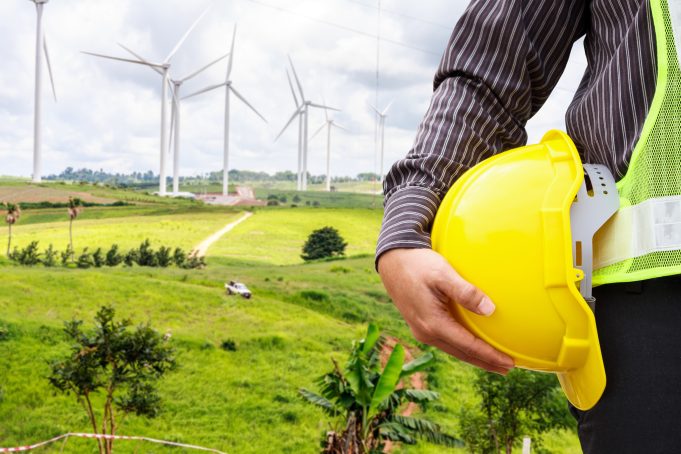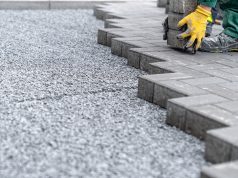The rising trend for sustainability is being welcomed by numerous industries worldwide. From startup companies to established and giant manufacturing enterprises, managements make the switch to sustainable business practices to reduce their carbon footprint. Similarly, more and more consumers patronize businesses that apply this green concept as their simple way of protecting the environment.
In the construction industry, sustainability is critically important. A construction project of any scale involves using massive resources, many of which are finite in nature. However, with deliberate efforts and the discovery of eco-friendly alternatives, the construction industry can also join the bandwagon for adopting sustainable practices.
Check out the following best practices to make your construction business more sustainable:
Opt For Prefabricated Construction Models
If you want to incorporate a greener construction process, prefabrication is one of the ways to do so, and for good reason. An assembly line allows workers to produce prefabricated components at scale, resulting in expedited completion time and overall good quality. Customization is also possible as prefabricated materials can be designed and installed according to your preferences.
Ultimately, many sustainable construction companies use this model due to its energy efficiency advantage. Transporting heavy machinery between sites is a high energy consumption activity. Fuel can be saved significantly by storing all equipment at one location and transferring only the prefabricated materials for installation and arrangement.
Utilize Sustainable Materials
Construction companies may utilize alternative construction materials to achieve sustainable construction. Currently, you’ll find that most buildings are made of concrete. This is reasonable since this construction material is very robust and long-lasting. Not to mention, it’s easy to prepare and flexible to form. The concrete used in foundations, walls, and driveways can be found on any surface you can imagine. Unfortunately, this same material contributes to a significant portion of landfill waste after disasters and demolitions.
Cement, a basic component of concrete, is produced by extracting raw materials from the earth, which causes environmental damage. Hence, this is a red flag for construction companies that aim for sustainability. If you’re considering construction materials that offer similar benefits as concrete, you can check out the following alternative ecological materials:
Bamboo
Bamboo is a durable, fast-growing, and cost-effective material that can be harvested year-round. Thankfully, many farms can grow this material and supply the demands for construction projects.
Recycled Plastics
Plastic is known to be bad for the environment. However, recycling plastics and turning them into construction material promotes sustainability. They can last up to 50 years, so they’re remarkably durable.
Grasscrete
Grasscrete is an emerging sustainable material wherein concrete layers are laid to provide ample room for grass and plants to grow. These are great for the outdoor construction of floor surfaces. They help purify the air and absorb storm runoff water.
Wood
Wood remains a popular renewable and sustainable material for construction. Wood products require significantly less energy and equipment to produce than concrete or steel.
Adopt Sustainable Waste Management
While some construction waste is unavoidable, you can reduce or even eliminate a considerable amount through sustainable efforts. Choosing materials or suppliers that don’t use much packaging is a simple first step. When buying raw materials and other construction components, go for brands with simplified packaging. This could mean there won’t be cardboard, bubble wraps, or unnecessary wrapping. The key is to haul these materials into your vehicle carefully, and you can forego those protective packaging.
Effective waste management can also be achieved using recycled components. Since hauliers have become more sophisticated, reducing waste has become easier for contractors. Construction job sites are now carefully segregating waste materials, making recycling easier as well as deciding which ones will be thrown away altogether.
Implement Just-In-Time Production
Just-in-time production is another sustainable practice for construction companies. In sustainable construction management, what is produced is what the customer needs when they need it and in the precise quantity they need. This allows the company to save on unnecessary stocks and eliminate warehousing and storage space.
The construction project can order only the volume they need now rather than keeping large stocks. Not only is this more sustainable, but it’s also cost-efficient. The budget can be used for other aspects of the project. The result is a reduction in the cost of storing excess material, more efficient use of available storage space on-site, and fewer materials disposed of at the end of the job.
Conclusion
In the long run, however, both the construction industry and the environment will gain from the sustainable practices mentioned above. When resources are saved or maximized, the future of the construction project becomes more positive and promising. Less waste means society can benefit from a cleaner environment, and sustainable businesses can secure a competitive advantage over other players in the market.














